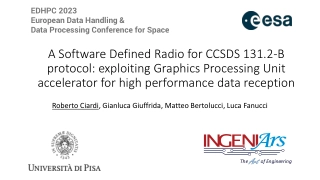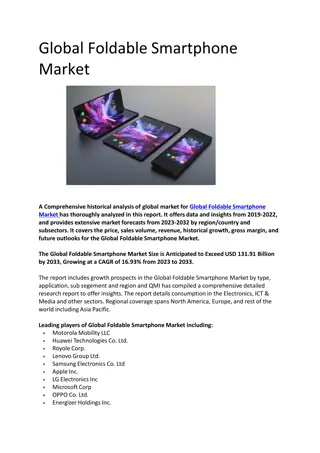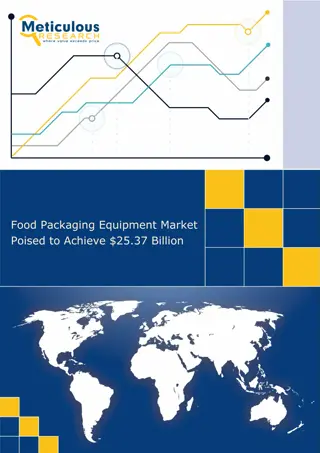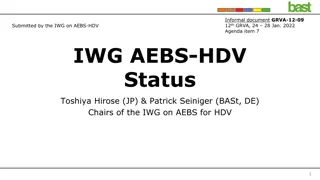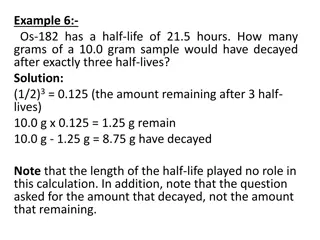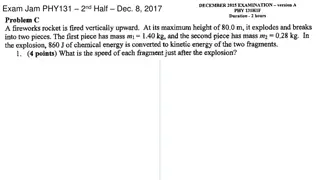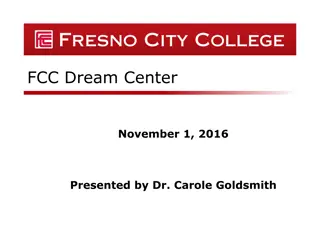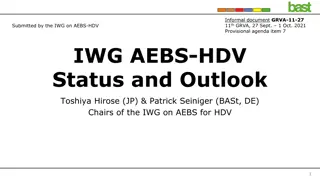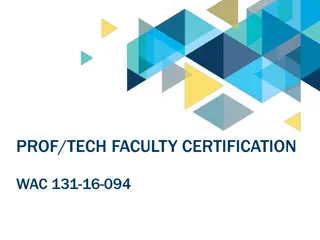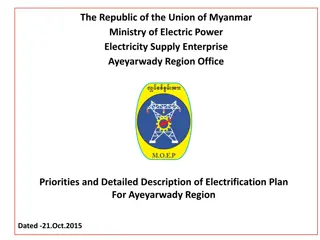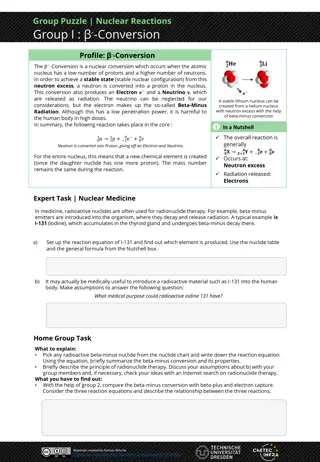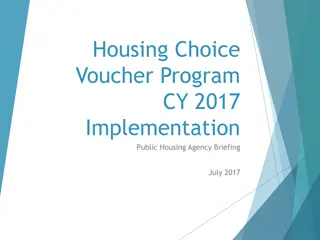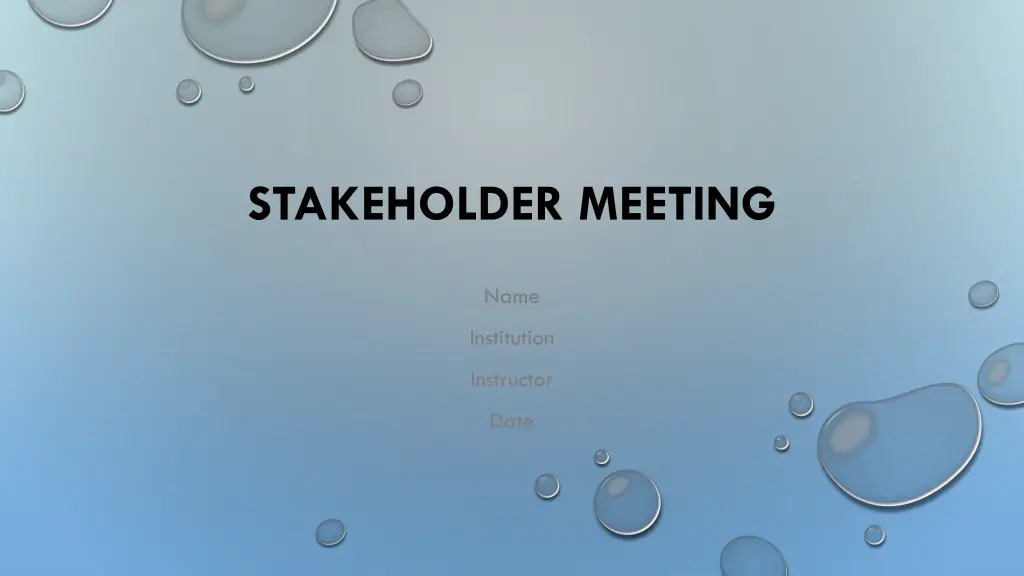
Optimizing Care Delivery Through RPM Implementation
Discover the advantages of integrating remote patient monitoring (RPM) technology in healthcare. Learn about the implementation plan, benefits, and impact on patient outcomes and organizational efficiency. Explore how RPM technology enhances quality, safety, and patient-centered care. Measure the effectiveness of RPM through outcome metrics like patient satisfaction and readmission rates.
Download Presentation

Please find below an Image/Link to download the presentation.
The content on the website is provided AS IS for your information and personal use only. It may not be sold, licensed, or shared on other websites without obtaining consent from the author. If you encounter any issues during the download, it is possible that the publisher has removed the file from their server.
You are allowed to download the files provided on this website for personal or commercial use, subject to the condition that they are used lawfully. All files are the property of their respective owners.
The content on the website is provided AS IS for your information and personal use only. It may not be sold, licensed, or shared on other websites without obtaining consent from the author.
E N D
Presentation Transcript
STAKEHOLDER MEETING Name Institution Instructor Date
Introduction Integration of improved telehealth technology, like remote patient monitoring, optimizes patient and organizational outcomes. RPM enables continuous patient monitoring, allowing timely interventions to prevent unnecessary hospitalizations. Presentation explains RPM implementation plan, benefits, deployment steps, and privacy/security considerations. Wide-based contemplations ensure seamless transition and maximum utilization of RPM technology. Goal is securing stakeholder support for successful RPM implementation to transform care delivery..
Goals, Elements, and Scope of the Implementation Plan The plan introduces RPM to track chronic diseases, reducing readmission and improving care. Major components include employee training, technology integration, and patient education on devices. Implementation involves device installation, data analysis protocols, and collaboration with IT teams. Success measured by timely data availability, patient satisfaction, and enhanced care efficiency. RPM designated as patient-centered service to meet organization's strategic goals for population.
Capabilities of RPM Technology RPM technology allows real-time monitoring of patients' vital signs for chronic disease management. Automated alerts and secure data sharing reduce manual monitoring time for clinicians. Remote access to patient records enables continuous care and better decision-making. Integration with EHRs allows for personalized treatment plans and improved patient outcomes. RPM bridges the gap between patients and providers, ensuring timely and proper care.
Impact on Quality and Safety RPM enhances quality of care through timely interventions, reduced readmissions, and minimized complications. Continuous monitoring aids in early detection of patient condition deterioration, fostering safety. Reduced in-person visits minimize infection risks, creating a safer care environment. RPM systems securely transfer data between patients and providers, improving care quality. RPM contributes to a safer, more efficient care environment aligned with quality healthcare.
Outcome Measures for Effectiveness Outcome measures include patient readmission rates, satisfaction scores, and adherence to care plans. Reduced readmission rates indicate better management of chronic conditions through RPM implementation. Patient satisfaction scores reflect quality of remote interactions and overall user experience. Adherence data shows patient compliance with therapeutic protocols facilitated by RPM technology. Regular data analysis supports continuous improvement and data-driven decisions in RPM implementation.
Patient Confidentiality and Privacy Concerns RPM's privacy concerns involve securely transmitting sensitive health data without breach. End-to-end encryption prevents unauthorized access to patient information. Multi-factor authentication and secure cloud storage solutions are recommended security measures. Demonstrating HIPAA compliance would reassure stakeholders about the technology's safety. Developed security features ensure user satisfaction and information safety along care continuum.
Steps and Timeline for Deployment RPM deployment involves evaluating needs, training staff, installing devices, piloting, and integrating with EHRs. A pilot period allows for problem-solving and modifications before scaling the system. Equipment procurement, system testing, and feedback iterations require 3-6 months to complete. Proactive planning and regular communication can mitigate potential delays and disruptions. Flexible scheduling ensures quick problem resolution, keeping the deployment process on track.
Resource Needs for Implementation Technological and human inputs are required for the implementation of Remote Patient Monitoring (RPM). RPM resources include devices, secure data storage, IT support, and clinical staff. Training programs are essential for staff to efficiently use the new technology. Budgetary allocations should cover costs of devices, software licenses, and training materials. Securing these resources ensures a smooth transition to RPM and quality care.
Persuading Stakeholder Support Gaining stakeholder support requires evidence of RPM improving patient outcomes and operational efficiency. Cost savings through reduced readmissions and alignment with organizational strategy instill confidence. Demonstrating ease of use and quality of remote care helps stakeholders buy in. Addressing safety and privacy measures reinforces the value of RPM investment. Clear communication fosters collaboration and shared commitment to make the technology work.
Conclusion RPM provides inclusive strategic opportunities to advance patient care and organizational efficiency. The plan addresses privacy, deployment timelines, and alignment with organizational quality care goals. Stakeholder commitments are crucial for successful adoption and improved patient outcomes. RPM implementation is a key step towards an innovative, patient-centered health sector. RPM enables better patient care delivery where and when it's most needed.
References Mantena, S., & Keshavjee, S. (2021). Strengthening healthcare delivery with remote patient monitoring in the time of COVID-19. BMJ Health & Care Informatics, 28(1). Salehi, S., Olyaeemanesh, A., Mobinizadeh, M., Nasli-Esfahani, E., & Riazi, H. (2020). Assessment of remote patient monitoring (RPM) systems for patients with type 2 diabetes: a systematic review and meta-analysis. Journal of Diabetes & Metabolic Disorders, 19, 115-127. Tan, S. Y., Sumner, J., Wang, Y., & Wenjun Yip, A. (2024). A systematic review of the impacts of remote patient monitoring (RPM) interventions on safety, adherence, quality-of-life, and cost-related outcomes. NPJ Digital Medicine, 7(1), 192. Taylor, M. L., Thomas, E. E., Snoswell, C. L., Smith, A. C., & Caffery, L. J. (2021). Does remote patient monitoring reduce acute care use? A systematic review. BMJ open, 11(3), e040232. Thomas, E. E., Taylor, M. L., Banbury, A., Snoswell, C. L., Haydon, H. M., Rejas, V. M. G., ... & Caffery, L. J. (2021). Factors influencing the effectiveness of remote patient monitoring interventions: a realist review. BMJ open, 11(8), e051844.

